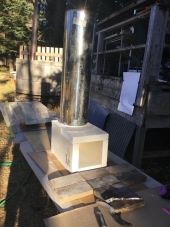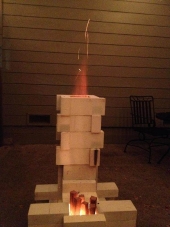




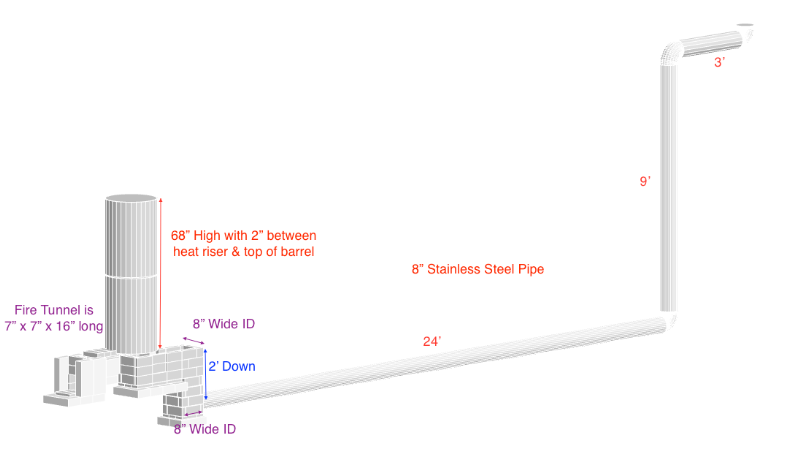
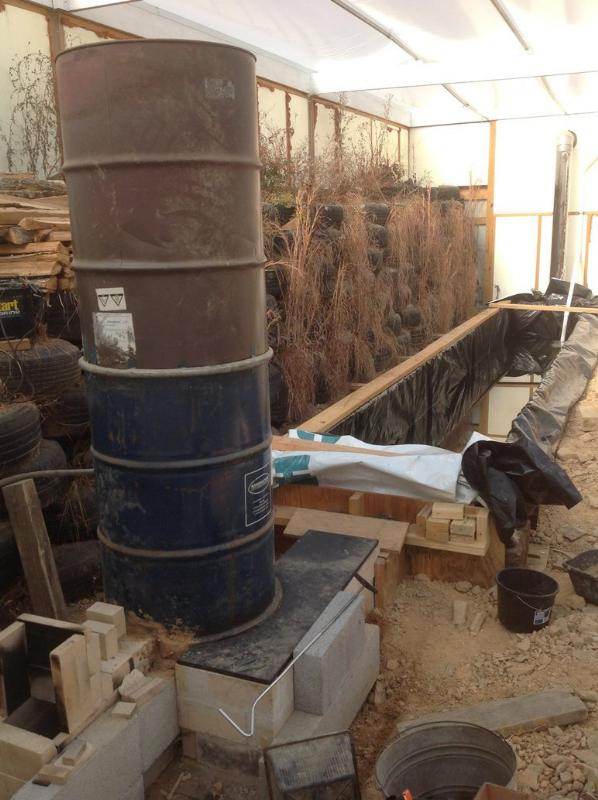
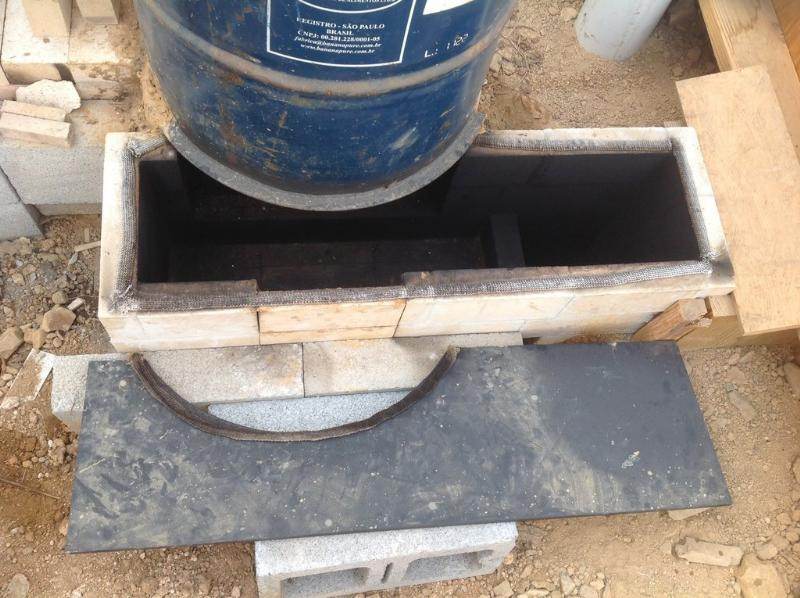
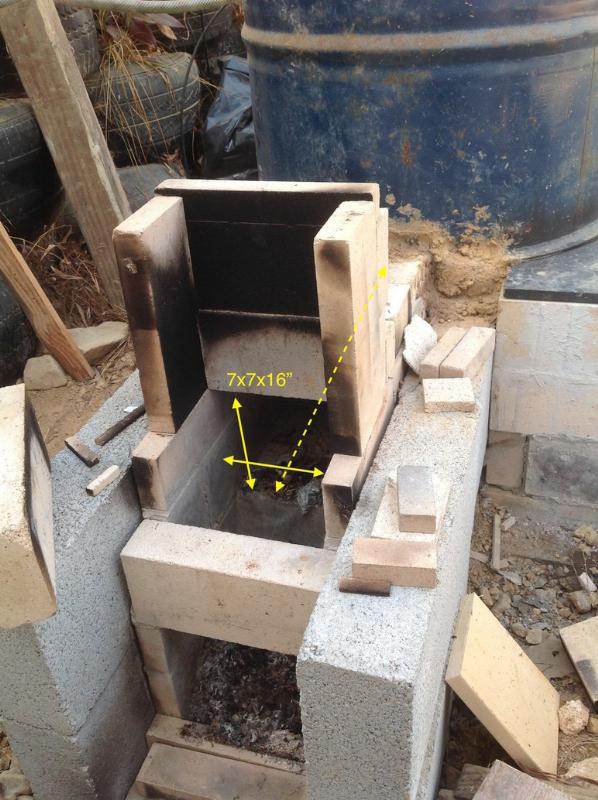





God of procrastination https://www.youtube.com/watch?v=q1EoT9sedqY








positively optimistic 🙂 https://www.youtube.com/@613Builds









Rocket Mag evolution timeline: http://www.permies.com/t/52316/rocket-stoves/Rocket-stove-heats-water-pics
Rocket Mag Thread: http://www.permies.com/t/54074/rocket-stoves/Rocket-Mag-heater-Rocket-Mag




John McDoodle wrote:May I ask your clay:vermiculite (mass:insulation)ratio around your steel riser?
John McDoodle wrote:Have you tested the core by itself for performace/issues. I'm sure the insulated chimney sure would help a lot as others mentioned also. A mass like that sure would take a long time.
Also curious, why the two 90 elbows and 3' horizontal exhaust, after the 9' vertical, but I guess you have to go thru a wall there, so you should have more vertical pipe after that?
Glenn Herbert wrote:Successful perlite-clay mixes I have done have been somewhere around 5-10 times as much perlite as clay by volume. I don't premeasure, but dust powdered clay on dampened perlite, mix, and repeat until all the perlite grains are covered with clay and it can form a solid snowball that pops with firm finger pressure. This mix becomes quite strong when fired.





God of procrastination https://www.youtube.com/watch?v=q1EoT9sedqY




Satamax Antone wrote:Ed, another tube around your existing one, and fibergass batt or roxul is perfectly fine. And realy you will need to extend your chimney.









The heat riser is only half the hight of the double barrel hight.
Rocket Mag evolution timeline: http://www.permies.com/t/52316/rocket-stoves/Rocket-stove-heats-water-pics
Rocket Mag Thread: http://www.permies.com/t/54074/rocket-stoves/Rocket-Mag-heater-Rocket-Mag

 1
1













Rocket Mag evolution timeline: http://www.permies.com/t/52316/rocket-stoves/Rocket-stove-heats-water-pics
Rocket Mag Thread: http://www.permies.com/t/54074/rocket-stoves/Rocket-Mag-heater-Rocket-Mag




F Styles wrote:Can you lift off your chimney and use a flash light to look down to the bottom of the elbow and see if there is condensation?
Glenn Herbert wrote:Looking at your system photos, I think you could build a batch box to replace your existing burn tunnel/feed area, connecting to the existing riser, without touching the rest of the system. You might need to lower the floor, or if not practical, cut a notch in the barrel and raise the top of the firebox from where it is now.
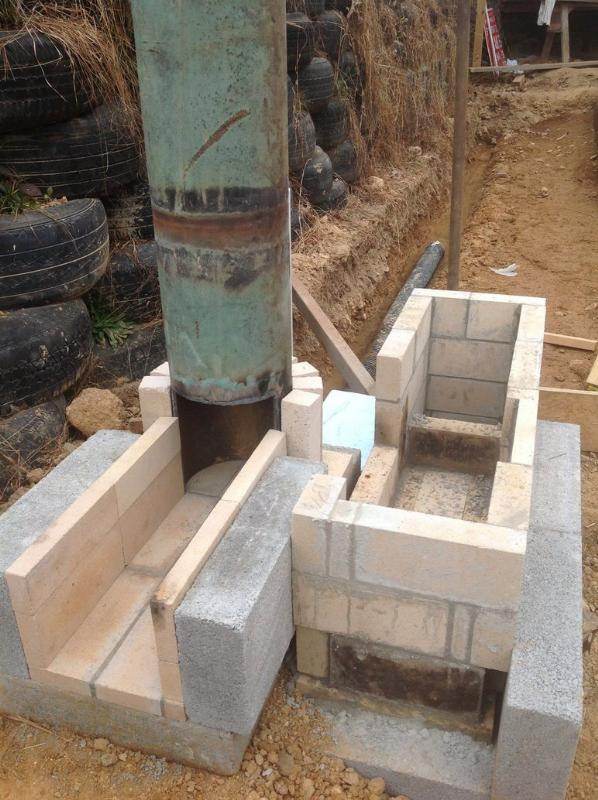
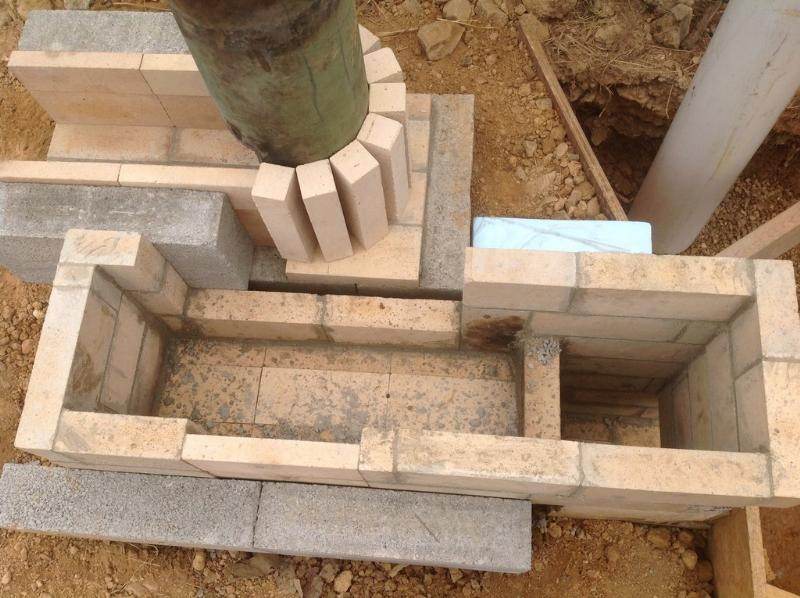
Glenn Herbert wrote:Something I have not seen is a mention of how you have insulated the bottom of the duct under the tank.
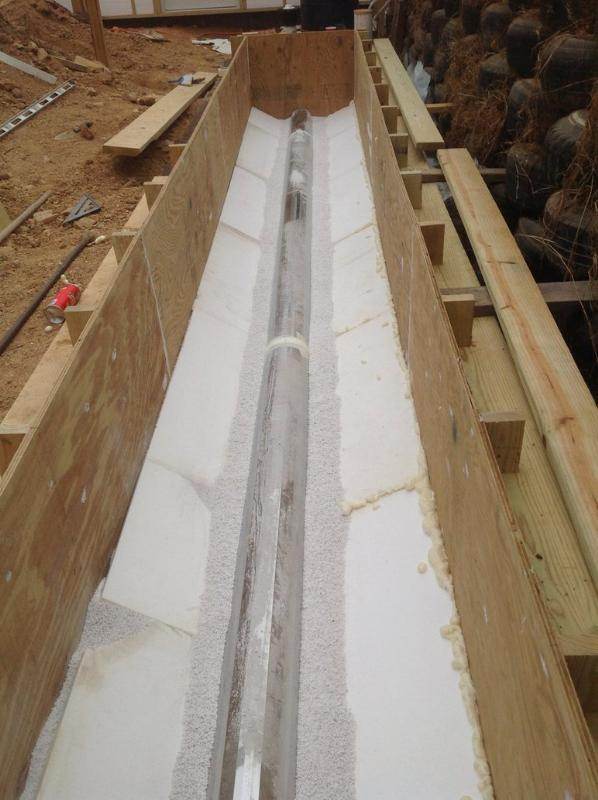




Glenn Herbert wrote:The critical part is the proportions of the batch box and its connection to the riser, and you can find formulas for that at http://donkey32.proboards.com/thread/734/peterberg-batch-box-dimensions.





Ed Kelly wrote:
Satamax Antone wrote:Ed, another tube around your existing one, and fibergass batt or roxul is perfectly fine. And realy you will need to extend your chimney.
Am I raising the chimney higher then any "Buildings" within a 50' radius in order to get above any obstructions to a breeze or wind? I'm located in a rather tight bowl between hills all around me. Two of them are both within the 50' limit you speak of. The winds here can from time to time be quit influencing and for the most part unavoidable.
God of procrastination https://www.youtube.com/watch?v=q1EoT9sedqY





God of procrastination https://www.youtube.com/watch?v=q1EoT9sedqY
 1
1




They are located at the two connections of the 24' flue which are two lowest points of the flue. Any moisture would run to these seams and slowly drain out there. I know my "Bilge" is always dry as I'm regularly checking that.
Rocket Mag evolution timeline: http://www.permies.com/t/52316/rocket-stoves/Rocket-stove-heats-water-pics
Rocket Mag Thread: http://www.permies.com/t/54074/rocket-stoves/Rocket-Mag-heater-Rocket-Mag




Satamax Antone wrote:Hope this will be of some help.

|
I have always wanted to have a neighbor just like you - Fred Rogers. Tiny ad:
The new permaculture playing cards kickstarter is now live!
https://www.kickstarter.com/projects/paulwheaton/garden-cards
|

